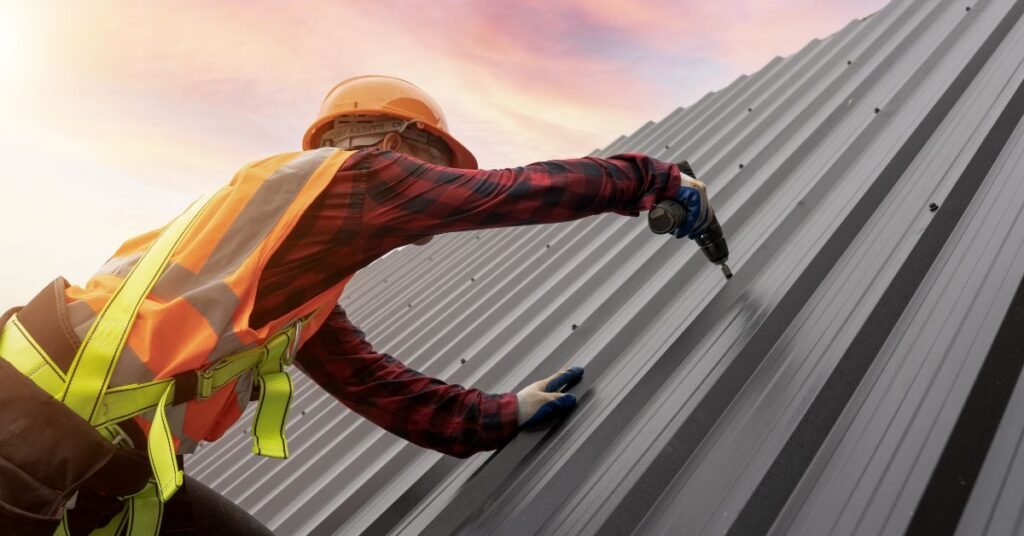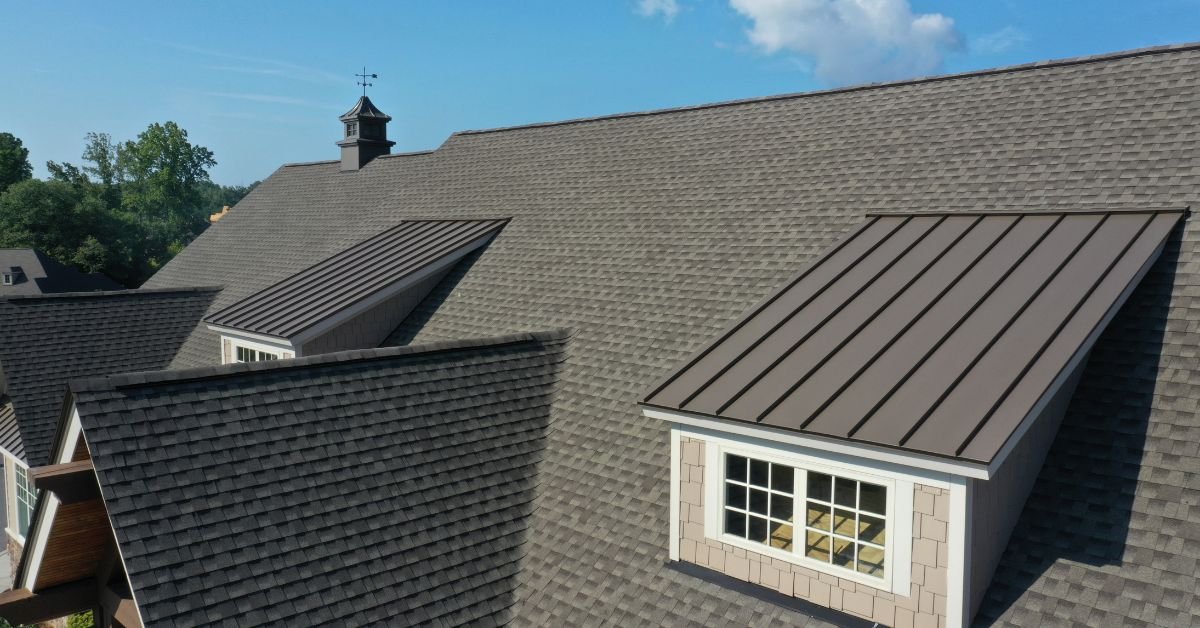Metal roofs are becoming increasingly popular among homeowners thanks to their durability, energy efficiency, and resistance to weather. But one key question arises for anyone considering this investment: do insurance companies cover metal roofs? The answer is yes—most insurers provide coverage, but the details depend on your policy, the condition of your roof, and the type of damage involved.
In this article, we explore how insurance coverage works for metal roofing, what factors insurers consider, and how homeowners can make sure their house is fully protected.
Do insurance companies cover metal roofs?
The short answer: yes, insurance companies cover metal roofs, but the level of protection depends on several factors.
- Standard homeowners insurance policies typically cover roof damage caused by storms, fire, or other sudden events.
- Coverage exclusions may apply if the roof is too old, or damaged due to neglect.
- Replacement vs. actual cash value – Some insurers will pay for full replacement of the roof, while others only provide actual cash value, factoring in depreciation.
- Deductibles – Homeowners will still need to pay the deductible before the insurer covers repair or replacement costs.
Factors insurers consider before covering a metal roof
Insurance companies carefully evaluate roofing before approving. Key factors include:
- Age of the roof – An older roof may have reduced coverage.
- Condition – Pre-existing damage may not be covered.
- Installation quality – A properly installed metal roof increases the likelihood of coverage.
- Type of damage – Storm, hail, and fire damage are usually covered, while wear-and-tear is not.
- Material – Metal roofing is better than asphalt shingles, which can lead to lower premiums.
Common types of roof damage that are covered
Most insurers will cover a metal roof when it is damaged by:
- Hail impact – Especially if it creates dents or punctures.
- Fire damage – Metal is fire-resistant, but if a house fire spreads, the roof is included in coverage.
- Storm damage – High winds and debris can cause roof damage.
- Falling objects – Trees, branches, or other hazards are typically covered.
It’s important to read your policy carefully to see the specific events covered and any exclusions.

Replacement vs. repair: what your policy may cover
- Replacement cost coverage – cover the full cost to replace the broken roof with new materials, without factoring depreciation.
- Actual cash value coverage – cover only what the roof is worth at the time of damage, which may be significantly less for older roofs.
- Partial repairs – In some cases, the insurer may only pay for repairing the broken sections if the roof is still functional.
Homeowners should review policy terms and look at requesting full replacement coverage for maximum protection.
How to file a claim for a damaged metal roof
If your roof is damaged, here’s the process most expect:
- Document the damage – Take photos and videos of all affected areas.
- Contact your insurance company – Report the claim as soon as possible.
- Inspection – An insurance adjuster will visit your house to assess the condition.
- Review the estimate – The insurer will provide a coverage decision and cost breakdown.
- Pay the deductible – Before coverage applies, you’ll need to pay the agreed deductible.
- Receive payment – Depending on the policy, the insurer may provide funds for replacement or repair.
Benefits of insuring a metal roof
Having a solid insurance policy for your metal roof provides peace of mind and financial protection. Benefits include:
- Lower risk of out-of-pocket costs for storm or fire damage.
- Coverage for severe weather events like hail, wind, and heavy storms.
- Potentially lower premiums since metal roofs are more powerful than asphalt shingles.
- Added value to your house as insurers recognize the long-lasting benefits of metal roofing.
Tips for homeowners
To maximize your insurance coverage on a metal roof, homeowners should:
- Review policies annually – Ensure your roof is fully covered against severe weather.
- Keep records of installation – Provide proof of professional roofing work.
- Maintain your roof – Regular inspections help prevent denial of claims due to neglect.
- Ask about discounts – Some companies offer lower premiums for fire- or hail-resistant roofing.


Leave a Reply